What should the temperature be controlled at when applying protective film to colored steel plates
2025-07-15
Protective Film Application Guidelines for Colored Steel Plates
The optimal temperature range for applying protective film to colored steel plates is between 5°C and 35°C, as verified by practical experience.
Low Temperature Effects (Below 5°C)
When the temperature is too low:
- The adhesive layer loses activity due to low temperature
- Viscosity drops significantly
- Film struggles to adhere closely to the plate surface
- Microscopic gaps form, allowing water vapor penetration
- Later temperature increases cause thermal expansion differences
- Edges may warp or partially detach
Northern Winter Warning: Without proper temperature control, large-scale filming failures may occur during cold weather.
High Temperature Effects (Above 35°C)
When the temperature is too high:
- Adhesive softens and becomes overly fluid
- Glue may overflow during application
- Potential surface contamination when removing film
- High temperatures accelerate adhesive oxidation
- Premature aging and brittleness may occur
Important Considerations
- Surface temperature may differ from ambient by 5-10°C
- Direct sunlight can dramatically increase surface temperature
- Avoid midday application in outdoor settings
Recommended Application Times:
Summer: Before 10 AM or after 4 PM
Winter: 3 hours before/after noon
Extreme Temperature Solutions
For unavoidable extreme temperature work:
-
Use specialized films:
- Low-temperature film (-10°C to 5°C)
- High-temperature resistant film (35°C to 50°C)
- Always conduct small-area tests first
- Verify adhesive adaptation to temperature conditions
You Might Also Like
-
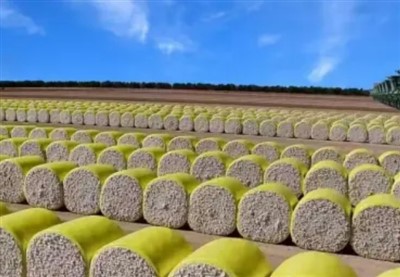
what are the advantages of cotton packaging film
-
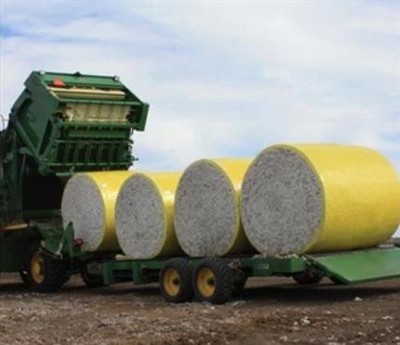
The Advantages of Cotton Wrap Film
-
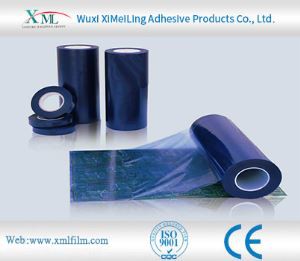
How does pe protective film cope with high temperature environment
-
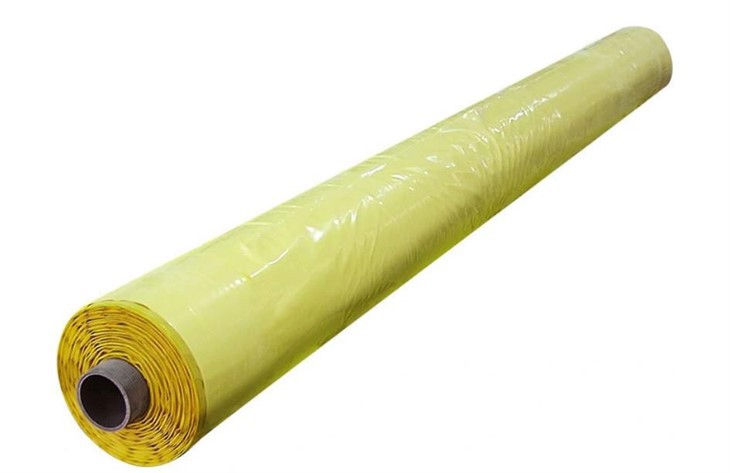
Advantages of Cotton Bale Wrap Film
-
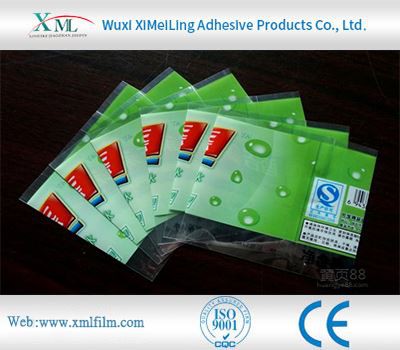
How Polyethylene Packaging Material Copes with High Temperature Environment
-
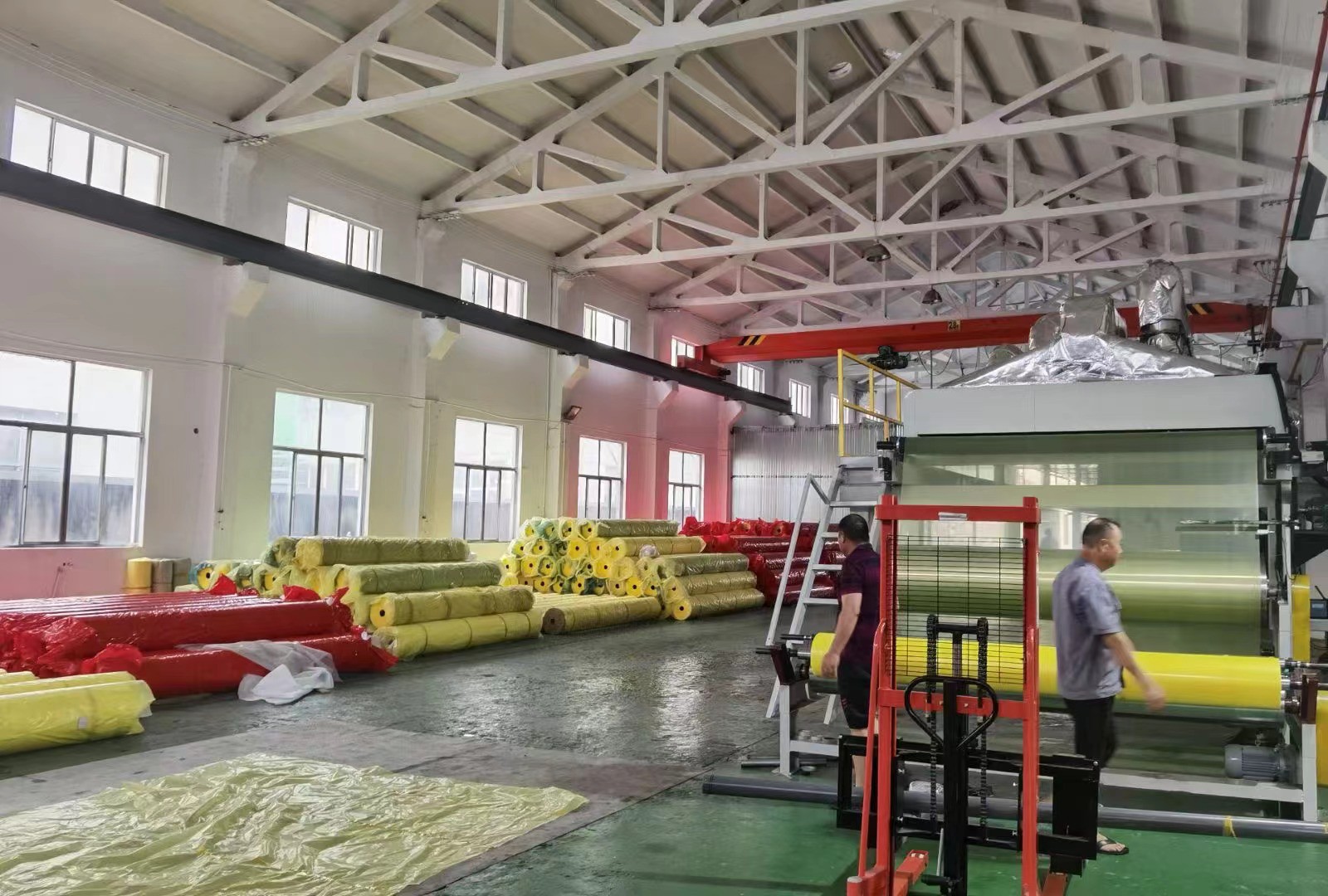
Storage method of cotton bale wrap film
